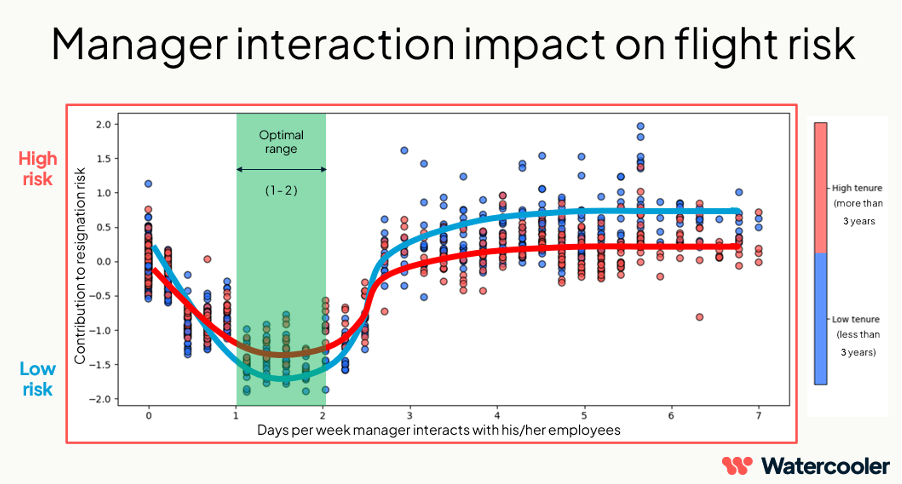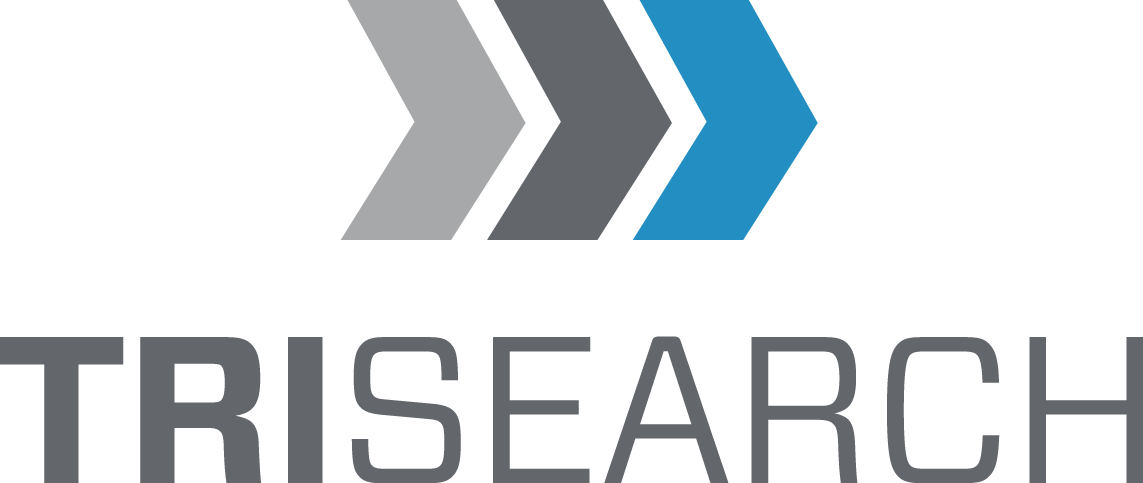Can Artificial Intelligence make us act more human?
Think Goldilocks.

AI gets a bad rap, especially when it comes to the workplace.
For years, we’ve been hearing about job displacement, employee surveillance, and task automation, but there is another side of AI that can make a better workplace: uncovering when employees need to be seen, heard and appreciated.
That may sound like sci-fi, but advancements in AI allow us to rethink how we engage with the people we work with. The infusion of AI into learning Systems, Applicant Tracking, Payroll, and other data sources offers profound people insights . In addition, when employees or teams use a company's IT systems and collaboration tools, they generate a digital footprint. This footprint includes data such as how often and when they send and receive messages, the duration and frequency of their meetings, and various other metrics.
The abundance of HR-related data, combined with this digital footprint can uncover hidden, high-impact, signals about organizational talent.
At TriSearch we have partnered with Watercooler which provides AI driven people analytics. Watercooler applies AI to the digital footprint of employees and identifies talent risks including burnout and resignation.
Watercooler provides specific guidance on how to engage with individuals and teams to optimize for positive outcomes.
In the chart above, we look at the frequency of interactions between managers and those reporting to them and the likelihood of flight risk.
On the vertical axis, we show the flight risk of the employees in the study. The higher the number, the higher the risk. On the horizontal axis is the number of days per week the manager interacts with their employees. On the left we see that when managers rarely interact with their employees, there is a relatively high flight risk. This level of interaction may lead to the employee feeling disengaged and ignored by their manager.
Toward the right axis, we see that a heighted level of interactions could be perceived as over-communicating or even micro-management. Also, we notice that when managers interact more frequently, those employees who worked at the company for less than 3 years have a higher flight risk than the more seasoned employees.
In between, where flight risk is lowest, is at a sweet spot of 1-2 interactions per week. It’s the Goldilocks principle - not too much, not too little, just the right amount.
Going back to the question as to how AI can make work more human. It’s because AI can learn the behavior of a specific organization and teams and then make targeted recommendations accordingly. In other words, the example above is for one organization. Another organization will show different results.
Think of teams as tribes with unique behavioral characteristics that are invisible to the human eye. With AI, Watercooler can provide managers with guidance on how to engage with the people in their teams with a specificity previously unavailable. Watercooler also enables TriSearch to collaborate with clients in the creation of more effective candidate success profiles, resulting in better, more effective hiring.
People analytics is changing dramatically, and we are excited to be part of this exciting journey.

